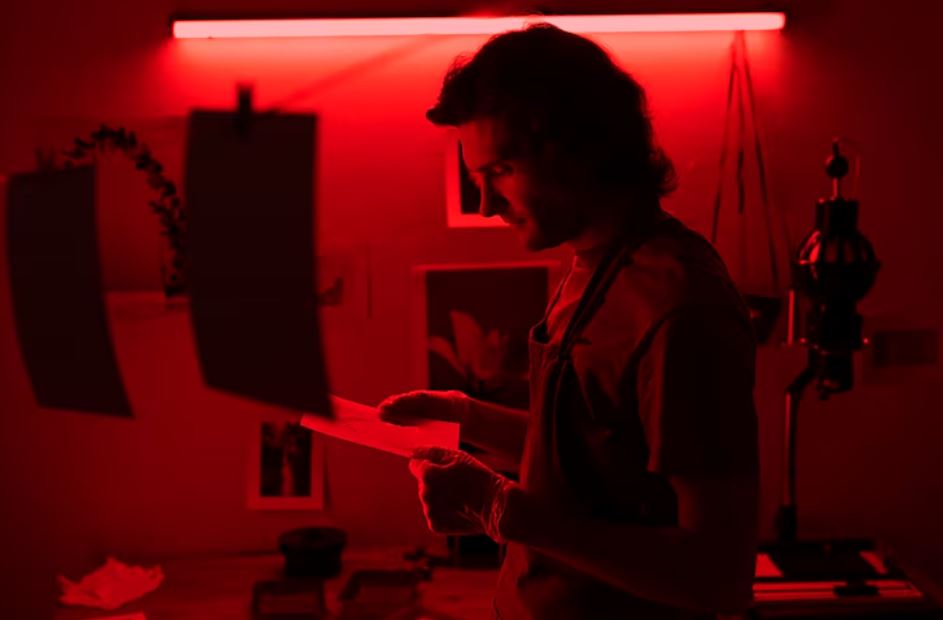
Murder Over Merlot sounds like a vintage that has been meticulously poured, combining sophistication and aggression in a way that is incredibly potent. This contrast between wine’s elegance and ritual and the chaos and uneasiness of crime is what draws audiences in every time. It is a striking illustration of how opposites magnify one another, akin to a sinister mystery being revealed during a candlelit dinner.
The combination of lifestyle and crime niches has exploded in the last ten years, indicating a desire for immersive and terrifying stories. With its flavors and customs, wine acts as a comfortable starting point before engrossing viewers in more sinister tales. By incorporating wine tasting into live performances or podcasts, producers have blurred the line between entertainment and experience, providing a sensual yet unsettling experience.
| Aspect | Information |
|---|---|
| Concept | A cultural phrase used across books, podcasts, theater, and live events blending wine and crime |
| Fictional Stories | Ellen Crosby’s The Merlot Murders novel, Tacoma’s Murder by Merlot interactive show |
| Podcasts | Murder & Merlot, Murder, Mayhem & Merlot—pairing true-crime cases with casual wine chat |
| Live Events | Murder & Merlot: True Crime & Wine Time, staged in Ohio wineries in 2025 |
| Cinema Adaptation | Upcoming suspense film Murder & Merlot (2025), centered on betrayal and wine |
| Real-Life Crimes | Napa Valley murders (2004), Rudy Kurniawan wine fraud case (Sour Grapes, 2016) |
| Cultural Impact | Reflects society’s appetite for mixing indulgence with danger in storytelling |
| Broader Trend | Lifestyle + true crime pairings (wine, fashion, food) gaining traction in media |
This tension was highlighted by the 2004 Napa murders. The murders of Leslie Mazzara and Adriane Insogna took place in their home in the Napa Valley, a region frequently linked to peace and prosperity. Nightmare in Napa, which told their tragic story, was especially eerie to viewers because the violence seemed so out of place in the midst of the picturesque vineyards. The tale turned into a terrifying reminder that terrible deeds can occur in even the most tranquil settings.
The story of Rudy Kurniawan, an Indonesian collector who sneaked fake vintages into upscale wine auctions, is equally remarkable. His scheme, which was documented in the documentary Sour Grapes, reshaped the fine wine market and defrauded billionaires. Some collectors initially wrote him off as a “geeky kid drinking Merlot,” but he went on to become one of the most notorious con artists in wine history. In addition to crime, his story explores ambition, greed, and the seductive allure of luxury. It also captures audiences’ attention much more quickly than most financial scandals.
As evidenced by the success of podcasts like Murder & Merlot and Murder, Mayhem & Merlot, this theme blend has been incredibly successful in establishing its own niche. Pouring a glass of red wine while immersing oneself in a tale of violence or treachery feels remarkably ritualistic to true-crime fans. Crime storytelling is now much more approachable thanks to this custom, which makes it seem less gruesome and more like a private conversation by the fire.
The reach of this cultural trend has been extended by live events through strategic partnerships with wineries. Guests were invited to drink locally produced vintages while solving unsolved mysteries at the Ohio 2025 Murder & Merlot event. This strategy is very adaptable and will appeal to both novice wine enthusiasts and seasoned crime enthusiasts. Participants characterized the event as both social and relaxing, demonstrating how effectively the combination of luxury and mystery can unite people.
The appeal has been acknowledged by Hollywood. By fusing love, treachery, and vineyard settings into a story that is meant to be both thrilling and fashionable, the upcoming movie Murder & Merlot aims to depict this cultural concoction on screen. Similar to how Agatha Christie once used tea as a setting for poisonings, contemporary authors are using wine as a metaphor for duality—sophistication mixed with danger.
The way we package pleasure and darkness together is a deeper social trend that is reflected in this fascination. Murder Over Merlot packages crime with indulgence, making the unnerving oddly acceptable, much like celebrity culture frequently does when it comes to scandal and glamour. It is especially inventive because, through the radiance of luxury, it subtly appeals to our shared desire to confront fear.
However, it also brings up ethical issues. Does Merlot and murder trivialize suffering, or does it help people have difficult conversations? Some people find the emotional cost to be surprisingly low, enabling them to face horror in a way that is easy to digest. For others, it makes it difficult to distinguish between exploitation and entertainment. This tension contributes to the phrase’s lasting relevance, guaranteeing that discussions will go on long after the glasses have been emptied.
As podcasts, live performances, and movies continue to explore this heady blend, Murder Over Merlot appears set to grow even more in the future. By automating formats that combine narrative and lifestyle, producers are revolutionizing industries by reducing costs and releasing creative talent. Like a good vintage that only gets better with time, the trend has become incredibly resilient.
